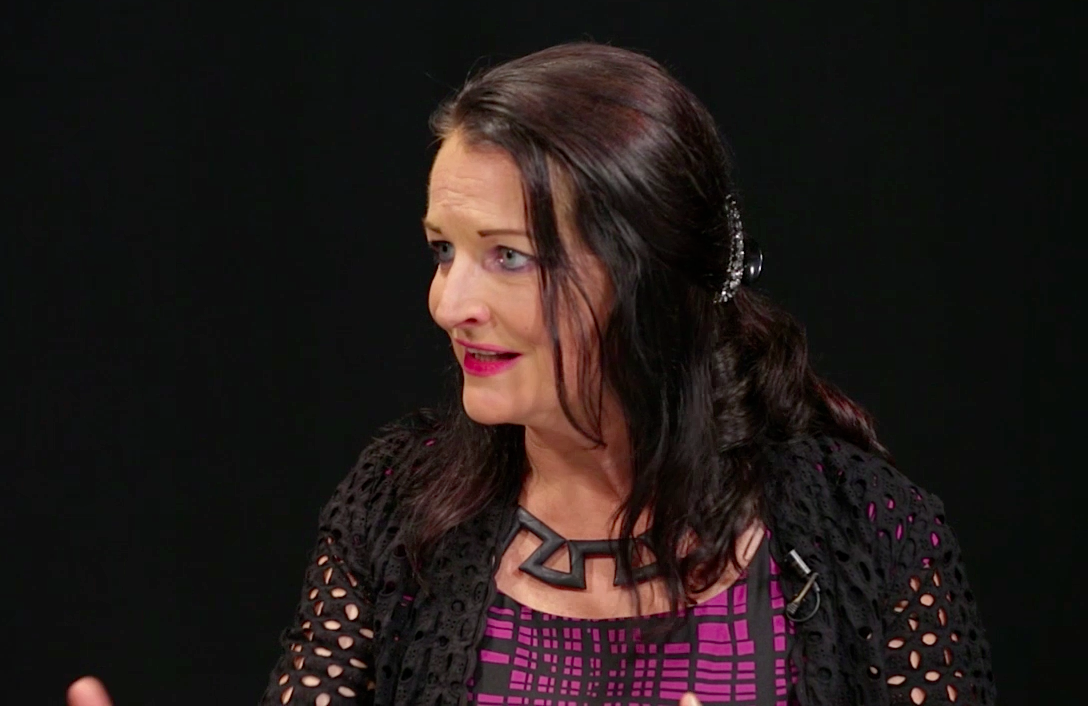There are challenges and solutions associated with the implementation of successful diversity and inclusion strategies. The development of diverse and inclusive teams and the application of successful diversity and inclusion concepts and principles can be the key to success.
Roberta Matuson share her story when she wrote, “Have you ever walked into a party pretending to be someone other than yourself? It’s fun for an evening, but what if you felt you had to do this day in and day out? You’d probably be exhausted and would be unable to function at your full potential.”
In her story, she explained that many employees have pretended to be someone else for years to fit in at work and not be branded as disable. She was concerned that notwithstanding our progress, major organizations are falling short. In her article, “Room For People To Actually Be Who They Are At Work” Matuson cited the scholarly work of Kenji Yoshino, Professor of Constitutional Law, NYU School of Law, and Doctor Christie Smith, PhD.
Professor Yoshino and Doctor Smith elucidated in their article Uncovering Talent, A new model of inclusion for inclusion that “full inclusion remains elusive”. Furthermore, they indicated the little progress we have made with respect to full inclusion. In support of their claimed, Yoshino and Smith acknowledged that less than one percent (<1%) of America Top-Companies (Fortune 500) have African American CEOs. Additionally, they proffered that of the Fortune 500 CEOs only twenty-one are women.
Diversity and Inclusion – Workplace Challenges
In his article “Diversity in the Workplace: Benefits, Challenges and Solutions”, Josh Greenberg observed, “Taking full advantage of the benefits of diversity in the workplace is not without its challenges.” Gwendolyn M. Combs, University of Nebraska-Lincoln, suggested, “The current processes for managing diversity continue to be necessary but are not sufficient to result in effective outcomes in 21st-century organizational environments.”
In this section, we investigate the chief challenges leaders of diverse work groups are tackling. For example, some of the challenges faced by Diversity and Inclusion Advocates in the workplace include:
1. Workplace Policies – Numerous efforts to increase diversity and Inclusion in the workplace have boomeranged due to the lack of effective and transparent corporate policies. Consequently, some of the challenges include the implementation of diversity in the workplace policies. Greenberg postulated that the challenges associated with corporate policies gap can be one of the overriding challenges to all diversity advocates. Consequently, by means of formalizing policies and programs, executive leaders should hold Front Line Leaders and Diversity and Inclusion Advocates accountable. Similarly, it demonstrates commitment to employees, Diversity and Inclusion Advocates and other stakeholders.
2. Is Not About Color Or Age – Evan Pitts, a business leader, wrote to me and he explained, “Diversity is not simply a color or age variation in a workforce, but creating a pool of intelligence and ability that varies from person to person to unite around a common goal or company mission.” The aging workforce presents an interesting challenge to management because we constantly face competition for talents and skills in our work environment. In the one hand, the necessity to reinvent new products and services is real in the global economy where we are all networked and share knowledge across cyberspace. On the other hand, companies have to bring new talent to replace the aging workforce, infuse the company with new ideas, and increase innovation in new directions. In our society, we are about acquiring talents and skills. Diversity and inclusion principals are about knowing and celebrating the skills and abilities of individuals. When observed from this perspective, it is clear to see that it is not about color or age but about the contribution an individual makes to the organization.
3. Negative And Positive Customer Impact – The lack of diversity in the local community can have an impact on the company profits. My wife and I traveled to a homogenous community. While shopping my wife spoke Spanish to me and the shopkeeper immediately asked my wife if she spoke Spanish fluently and if she wanted a job. It seems the Spanish population was growing in that local community, and a person fluent in Spanish would be an asset. Recently, I asked Charlene Spencer, a local business professional, “How important is it to develop a hiring strategy to make the workforce resemble the community the company operates in?” In her response she wrote, “Considering that I work in a diverse environment, I would carry that knowing that the benefits that a diverse work environment brings to an organization, will ultimately have a healthy impact on its customers.” If the shopping example described above holds true, a hiring strategy to make the workforce resemble the community the company operates in can have either a negative or a positive impact on the customer population.
4. Accepting Differences – In the article titled “What is the Difference Between Diversity and Inclusion?” Childers wrote about diversity and inclusion. Regarding inclusion, he postulated, “Inclusion refers to proactive behaviors that make each person feel welcome and a part of the organization.” A diverse business does not automatically create an inclusive workplace. Inclusive workplace embraces cultural differences and develops programs to foster a safe environment where unique talents and skills thrive.
5. Cultural Issue In The Workplace – Charlene Spencer made a good observation when she wrote, “We currently have a third-year fellow who is a female that is over the second-year fellow who is a male. They don’t see eye to eye because of cultural issues that are real issues in the department. People from diverse backgrounds tend to hold different views which may conflict with each other.”
6. Implementation Of Diversity Advocates – In his article “Diversity in the Workplace: Benefits, Challenges and Solutions”, Josh Greenberg observed that one of the challenges include the implementation of Diversity Advocates in the workplace. For leaders, the lack of Diversity Advocates can be another paramount challenge. Diversity Advocates are armed with the results of employee assessments and research data and are charged with building and implementing customized strategies to maximize the effects of diversity in the workplace.
7. A Diverse Workplace Can Flourish – Evan Pitts wrote, “I also learned a lot about how diversity can really cause a workplace to flourish. Varied experience and backgrounds, all combining for a goal, can create new ideas and processes that would have never been possible.”
8. Diversity Training Failed – Many companies only use diversity training to train their workforce about diversity and inclusion. The training method meets some regulatory requirements. But, it is less than optimum to facilitate behavior changes in the workplace. Some business leaders perceived that training have failed when it comes to making positive behavior changes. These leaders are asking for a new diversity and inclusion leadership focus and strategies. The focus is to improve diversity performance across the company. Recent literature suggests building Diversity and Inclusion Teams to bridge the gap between diversity training, behavior changes and diversity performance.
9. Leaders Have To Be Strong – Albeit, varied experience and backgrounds can be combined to create new ideas and processes, Diversity and Inclusion Leaders will have to be strong to receive the benefits that diversity and inclusion in the workplace bring to the organization.
There is no “I” in teams. But there is an “I” in Diversity and Inclusion – Part 2
Dr. Victor Ramos is a Full Professor at the School of Business Jack Welch Management Institute,
Strayer University. He is a business research practitioner, entrepreneur and the founder of American Brokerage Firms (insurance, real estate, home mortgages and income tax service provider), Vice Chairman of Strategic Federal Credit Union, and Matrix Manager at a fortune 500 Corporation.
As Vice Chairman and Matrix Manager of a fortune 500 Corporation, Dr. Ramos was instrumental in streamlining investments, worldwide financial operations and integrated enterprise management systems. Additionally, I successfully negotiated and managed multi-billion dollars business arrangements.
Additionally, he has significant experiences performing marketing in support of international marketing operations. For example, while working at an international fortune 500 company, I was a member of a marketing team that marketed high technology, integrated ground commercial unmanned air vehicle systems and innovative remote maintenance operational systems in the United States and in the international marketplace. Follow him on Twitter @Dr_Ramos_V.




























